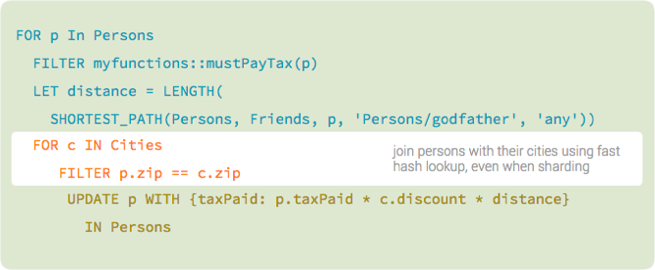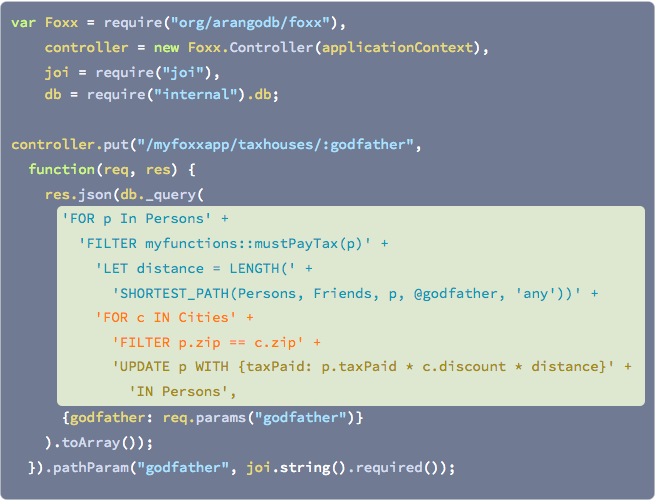 Directories
¶
Directories
¶
| Path | Synopsis |
|---|---|
|
3rdParty
|
|
|
etcd/Godeps/_workspace/src/code.google.com/p/gogoprotobuf/proto
Package proto converts data structures to and from the wire format of protocol buffers.
|
Package proto converts data structures to and from the wire format of protocol buffers. |
|
etcd/Godeps/_workspace/src/github.com/codegangsta/cli
Package cli provides a minimal framework for creating and organizing command line Go applications.
|
Package cli provides a minimal framework for creating and organizing command line Go applications. |
|
etcd/Godeps/_workspace/src/golang.org/x/net/context
Package context defines the Context type, which carries deadlines, cancelation signals, and other request-scoped values across API boundaries and between processes.
|
Package context defines the Context type, which carries deadlines, cancelation signals, and other request-scoped values across API boundaries and between processes. |
|
etcd/discovery
Package discovery provides an implementation of the cluster discovery that is used by etcd.
|
Package discovery provides an implementation of the cluster discovery that is used by etcd. |
|
etcd/error
error package describes errors in etcd project.
|
error package describes errors in etcd project. |
|
etcd/etcdserver/etcdserverpb
Package etcdserverpb is a generated protocol buffer package.
|
Package etcdserverpb is a generated protocol buffer package. |
|
etcd/integration
Package integration implements tests built upon embedded etcd, and focus on etcd correctness.
|
Package integration implements tests built upon embedded etcd, and focus on etcd correctness. |
|
etcd/pkg/metrics
Package metrics provides metrics view of variables which is exposed through expvar package.
|
Package metrics provides metrics view of variables which is exposed through expvar package. |
|
etcd/raft
Package raft provides an implementation of the raft consensus algorithm.
|
Package raft provides an implementation of the raft consensus algorithm. |
|
etcd/raft/raftpb
Package raftpb is a generated protocol buffer package.
|
Package raftpb is a generated protocol buffer package. |
|
etcd/snap/snappb
Package snappb is a generated protocol buffer package.
|
Package snappb is a generated protocol buffer package. |
|
etcd/wal
Package wal provides an implementation of a write ahead log that is used by etcd.
|
Package wal provides an implementation of a write ahead log that is used by etcd. |
|
etcd/wal/walpb
Package walpb is a generated protocol buffer package.
|
Package walpb is a generated protocol buffer package. |
Click to show internal directories.
Click to hide internal directories.









